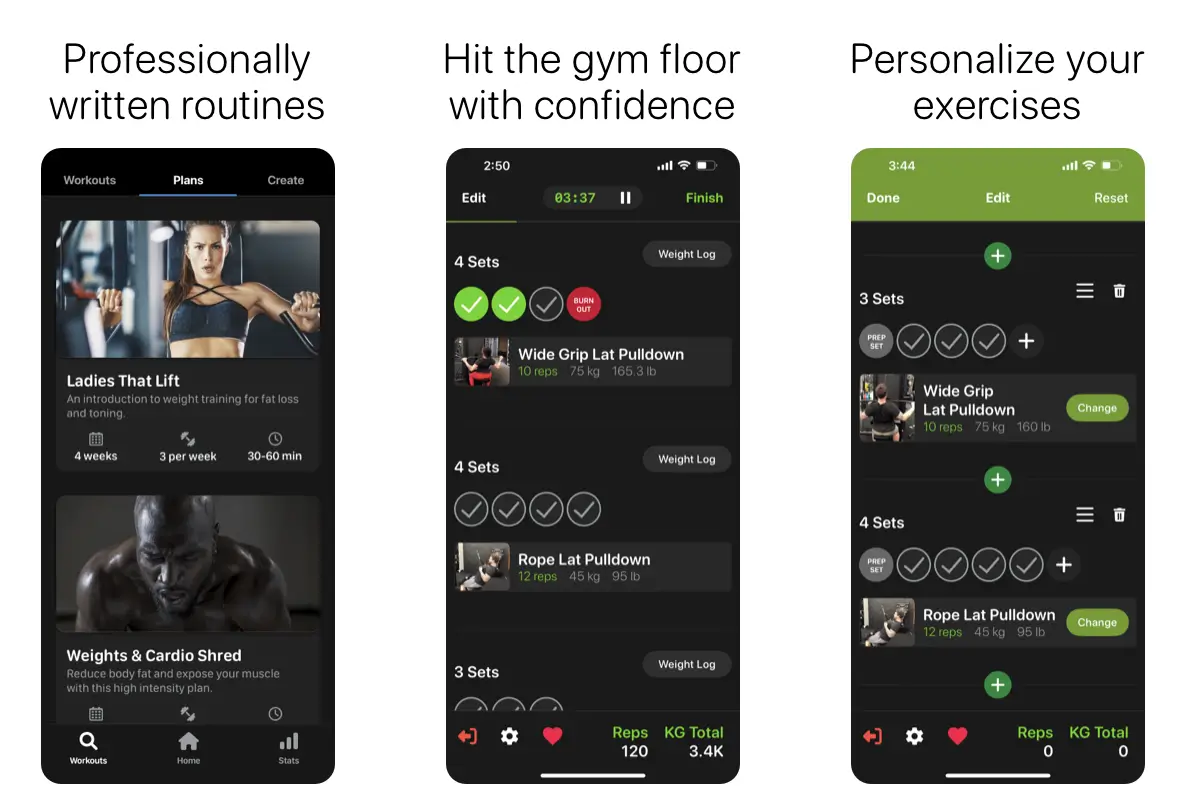One very popular term when it comes to working out is… going to failure. Like with most things fitness, you get your lovers and haters. There’s pros and cons for everything in fitness so it’s all about finding out how these things work for you on a personal level. So what is failure, why would you use it and how often should you be doing it in your workouts?
What is failure?
Failure is the point at which your arms, legs, shoulders or whatever muscle group you’re working give out and you can’t perform any more reps. An example of this is you can’t curl your dumbbells back up towards your shoulders, can’t fully lock out your final bench press rep, or your legs simply won’t allow you to leg press anymore without a rest interval…this is true muscular failure.
What are the benefits of training to failure?
- Possible improvements in muscle strength and size through more metabolic stress on the muscle
- You’ll ‘turn on‘ more of your motor units through fatigue, meaning your body will wake up more for harder sets
- You can get more work done without an excessive total workout volume needed
- You can boost your fitness and muscular endurance as your muscles, heart and lungs all work harder
How often should you go to failure?
This entirely depends on each individual and their overall fitness levels. Younger people may recover quicker workout-to-workout for example, while older people may need longer rest periods. If your diet and nutrition is dialled in, you can recover quicker too! But mostly when it comes to ‘how often’…gauge it off what your body is telling you. Don’t confuse muscle fatigue with central nervous system fatigue (i.e. your constantly tired, sore, lethargic). Listen to your body and train smart.
How to program in failure in your workouts
How hard do you want your workouts LOL. Again this is really personal preference but some good ways to do this are by performing your last and final set of an exercise to failure, either with the same weight from your previous set or you can also lower the weight to crank out more reps to hit higher volumes. You could also perform one of your exercises as all sets to failure if it’s an exercise or muscle group you really want to work on. These are just some examples so play around and see how your body responds.
How to set up failure sets inside the app
Hold your finger for a few seconds on the set you want to convert to a failure set.

Rep by rep you'll experience what proper gym training can do.
Save time structuring your routines and avoid making mistakes with your workouts.
With exercise tracking, progress monitoring and the ability to modify existing workouts.
Crush your goals and achieve more than you thought possible.
Start training with us today and unlock a fitter, stronger and healthier you!

